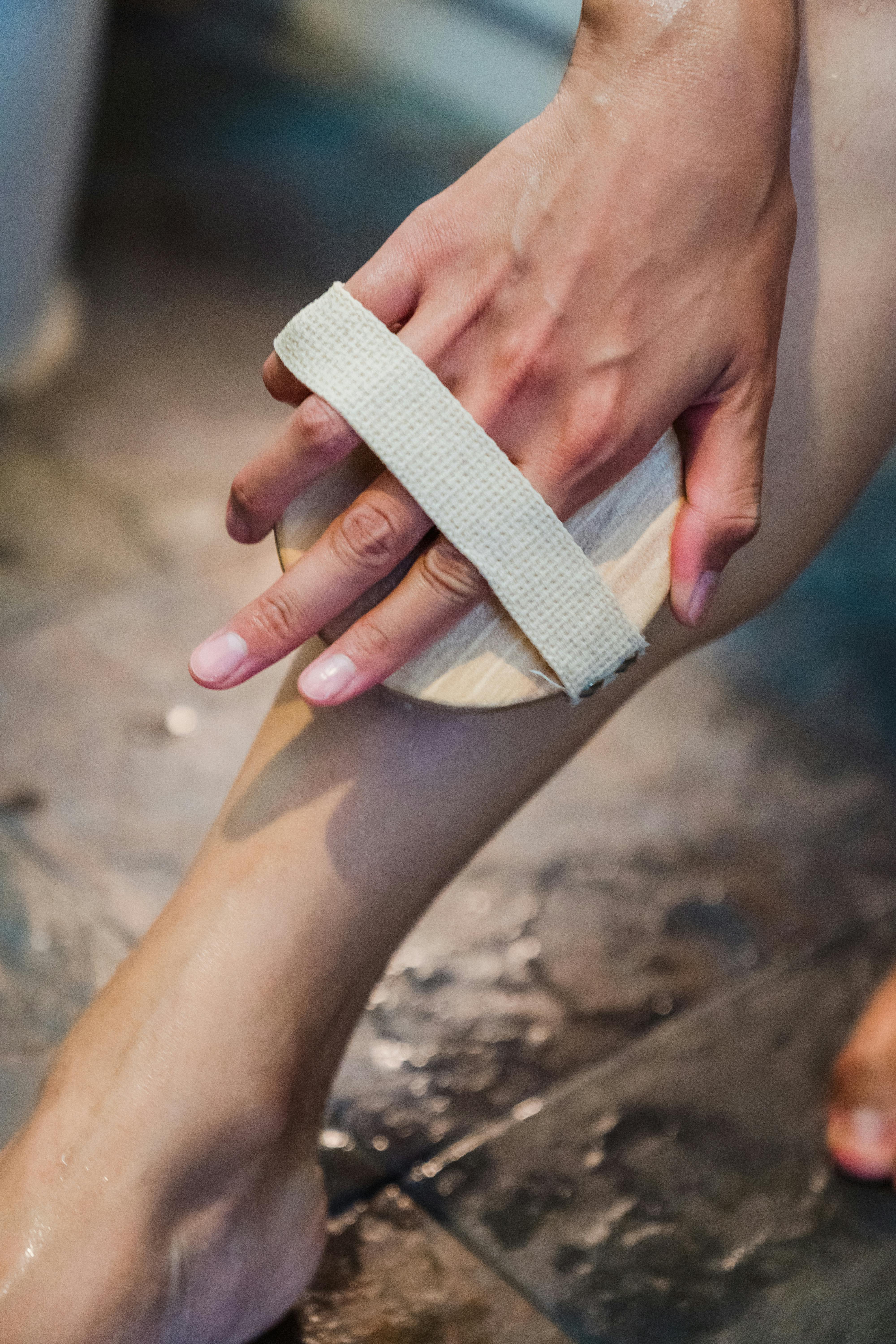
Smart Ways to Care for a Money Tree: Essential Tips for Thriving Plants in 2025

Money trees (Pachira aquatica) are not only popular houseplants, but they also symbolize prosperity and good fortune in various cultures. If you're looking to nurture your money tree plant, understanding the basics of money tree care is essential for ensuring your plant thrives. From the right money tree watering techniques to ensuring proper sunlight, this guide covers everything you need to know for healthy growth. As we progress through this article, we will explore practical tips for humidity, soil, potting, and seasonal care, equipping you with the knowledge to maintain a flourishing indoor garden.
Let’s dive into the core aspects of caring for a money tree as we discuss its environmental needs, maintenance tips, and how to troubleshoot common issues like leaf drop and pests. Whether you're a beginner or looking for advanced money tree care strategies, we've got you covered!
Essential Insights into Money Tree Care
Understanding the Money Tree's Botanical Origins
The money tree's botanical name is Pachira aquatica, native to Central and South America, and it thrives in tropical environments. Its natural habitat involves flooding, which contributes to the development of its unique trunk and roots. Mimicking these conditions in your indoor farming can help you understand the money tree's needs better. An ideal location would replicate the water-retaining capabilities of its natural setting, ensuring that you manage moisture levels appropriately.
Basic Care Requirements for Money Trees
Before jumping into advanced care tips for your money tree, mastering the fundamentals is crucial. Basic money tree care focuses on watering, soil composition, light exposure, and temperature. These factors form the building blocks of healthy money tree foliage.
The water you provide should be just enough to keep the soil slightly moist but not soggy. Watering frequency will depend on your environment; typically, every two weeks during warmer months should suffice. Utilize a soil mix that offers excellent drainage and aeration. Remember, overwatering can lead to root rot, so less is often more.
Optimal Sunlight and Humidity for Money Trees
Sunlight is another essential component in maintaining a healthy money tree. These plants prefer bright, indirect light. Direct sunlight can scorch the leaves, while too little light may lead to stunted growth. A spot near a window with filtered light would be optimal.
Humidity levels should also be monitored; money trees thrive in a more humid environment, typically around 40-60%. In dry climates, utilizing a humidity tray or a room humidifier may significantly benefit your plant’s development.
Choosing the Best Soil for Money Tree Health
Selecting the right money tree soil is critical for managing water drainage and nutrients. A potting mix designed for tropical plants, combined with perlite or sand, can provide excellent aeration and drainage. This combination not only keeps the roots healthy but also supplies necessary nutrients essential for optimal growth rates.
Money Tree Fertilization Techniques
Fertilization plays a pivotal role in supporting your money tree's growth. Using a balanced, water-soluble fertilizer during the growing season (spring and summer) can cultivate robust foliage. A diluted fertilizer, applied every four to six weeks, is usually sufficient. Remember, fertilization is not needed during fall and winter, allowing your plant to maintain a natural growth rhythm.
Advanced Care Tips for Thriving Money Trees
Building on the basics of money tree care, let’s explore more advanced techniques that will enhance your plant's health and aesthetic appeal.
Pruning and Shaping Money Trees for Optimal Growth
Pruning your money tree is essential for maintaining its shape and encouraging branching. When pruning, it's advisable to remove dead or yellowing leaves, as they can drain the plant's energy. Cutting back on branches that obstruct light can help promote more evenly distributed foliage. A well-shaped money tree not only looks aesthetically pleasing but also aids in overall health.
Managing Seasonal Changes in Care
Understanding how seasonal changes affect your money tree is vital. During winter, the money tree requirement for water decreases; thus, reduce watering frequency. Additionally, consider safeguarding your tree from cold drafts, which can stunt its growth. If you suspect insufficient light due to shortened daylight, supplementing with grow lamps can help maintain its vibrancy through the darker months.
Preventing and Addressing Common Money Tree Issues
Leaf drop and pest problems often plague indoor money tree care routines. Leaf drop may indicate overwatering or pest infestation; thus, regular inspection is recommended. Implementing a pest management plan, including neem oil or insecticidal soap, can shield your money tree from common pests like spider mites and aphids. Catching these problems early can make troubleshooting much easier and maintain your plant's health!

Tips for Successful Money Tree Propagation
Understanding Money Tree Propagation Methods
Money tree propagation can be an exciting venture. Cuttings taken from a healthy parent plant can sprout roots when placed in a suitable environment. Use sharp, sterile scissors to ensure clean cuts, and allow the cuttings to sit for a day to callous before replanting. This method enhances the chances of survival and establishes robust new plants.
Creating an Ideal Environment for Propagation
Establishing the right environmental conditions is critical for successful propagation. For optimal growth, maintain high humidity and warmth, and use a well-draining soil mix. Place your cuttings in a plastic bag or a propagation dome to create a mini-greenhouse effect, promoting humidity while preventing moisture loss.
Signs of Successful Money Tree Growth
Monitoring your new plant's growth is key to successful money tree propagation. After a few weeks, look for signs of root development, such as new leaves starting to emerge. A healthy growing cutting will have vibrant green foliage and a sturdy stem, signaling that your propagation efforts are successful.
Addressing Money Tree Maintenance Challenges
Common Mistakes in Money Tree Care
Caring for a money tree can come with challenges, and mistakes are easy to make, especially for new plant parents. Overwatering and insufficient light are the two most frequent issues affecting plant health. Regularly checking your watering schedule and ensuring your tree receives ample indirect sunlight can mitigate these issues.
Adapting the Care to Specific Money Tree Species
Different money tree species may have slightly altered care requirements. Understanding your specific variety can fine-tune your care strategies. For example, the 'braided money tree' may require slightly less humidity compared to other varieties. Knowing these distinctions will aid in optimizing your plant's environment.
Creating Long-Term Success Plans for Money Tree Care
Establishing a well-rounded money tree maintenance plan is vital for ongoing success. Include strategies for seasonal care adjustments, regular pruning schedules, and periodic inspections for pests and diseases. Keeping a care journal can help you observe what works best for your unique plant environment, leading to happy and thriving foliage.
Q&A: Frequently Asked Questions about Money Tree Care
How often should I water my money tree?
Money trees typically require watering every two weeks, but this can change with the seasons and environmental conditions. It's best to check the top inch of the soil; if it feels dry, it's time to water.
Why are the leaves of my money tree turning yellow?
Yellow leaves can indicate either overwatering or poor light conditions. Make sure to assess your watering schedule and ensure the tree gets enough indirect sunlight.
What type of fertilizer is best for a money tree?
A balanced, water-soluble fertilizer is ideal during the growing season. Diluting the fertilizer is recommended, as too much can harm the roots.
Can I keep a money tree in a low-light environment?
While money trees prefer bright, indirect light, they can survive in lower light conditions. However, growth may be slower, and foliage may not be as lush. Investing in grow lights can help enhance growth in such settings.
How can I propagate my money tree successfully?
Taking cuttings from a healthy parent plant and ensuring the right environmental conditions for rooting are critical steps for successful propagation. High humidity and warmth will promote root growth.
For further guidance on indoor gardening, explore additional resources on indoor plant care and houseplant gardening tips.